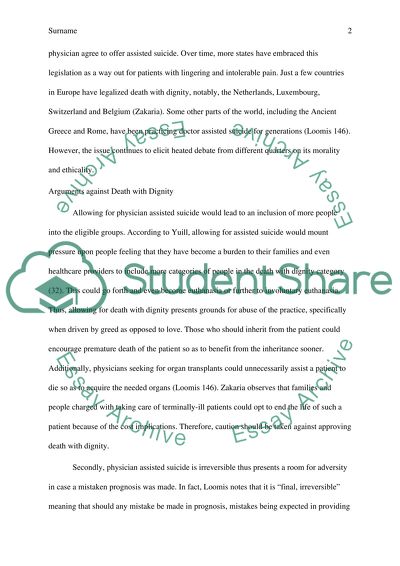Cite this document
(“Death with Dignity Essay Example | Topics and Well Written Essays - 1250 words”, n.d.)
Retrieved from https://studentshare.org/biology/1667496-death-with-dignity
Retrieved from https://studentshare.org/biology/1667496-death-with-dignity
(Death With Dignity Essay Example | Topics and Well Written Essays - 1250 Words)
https://studentshare.org/biology/1667496-death-with-dignity.
https://studentshare.org/biology/1667496-death-with-dignity.
“Death With Dignity Essay Example | Topics and Well Written Essays - 1250 Words”, n.d. https://studentshare.org/biology/1667496-death-with-dignity.


